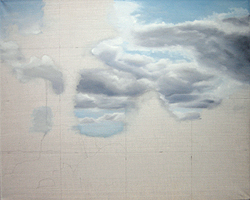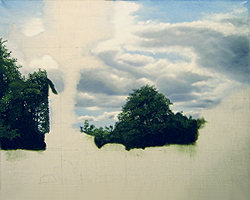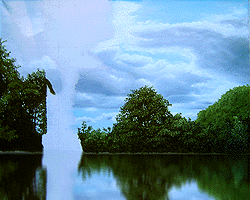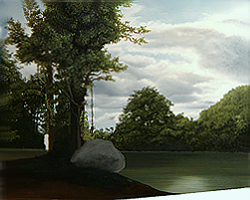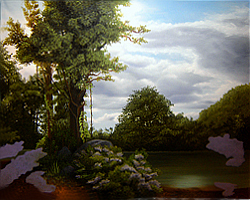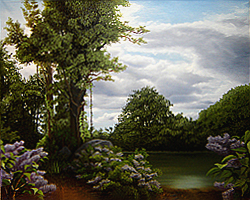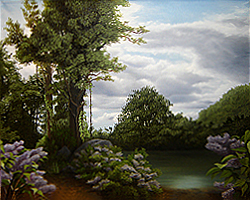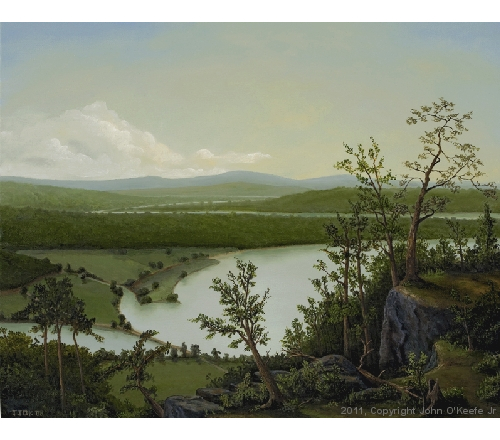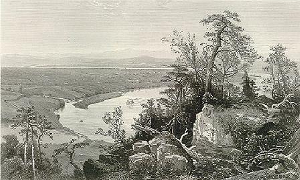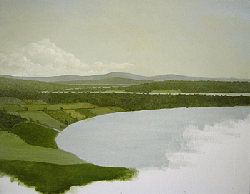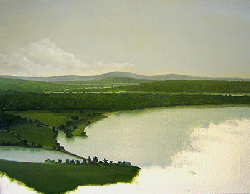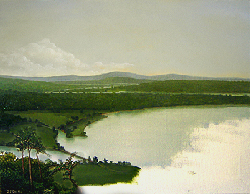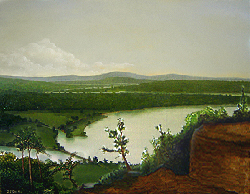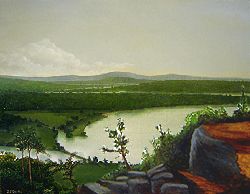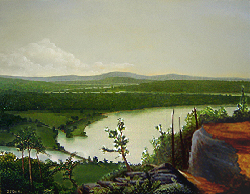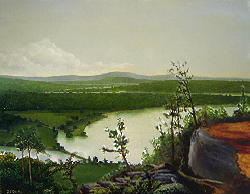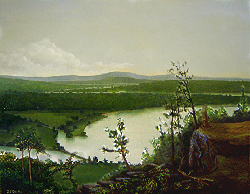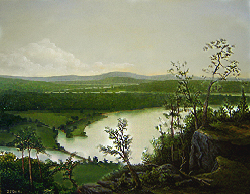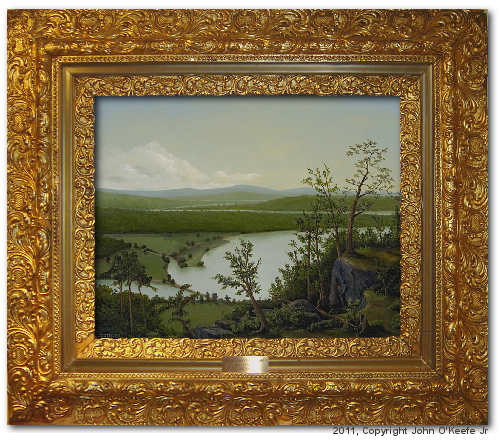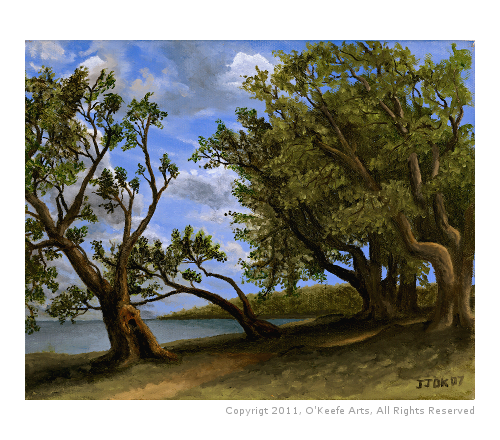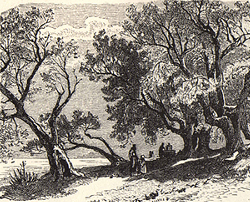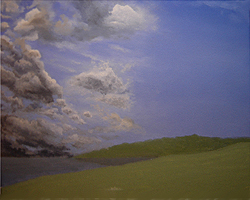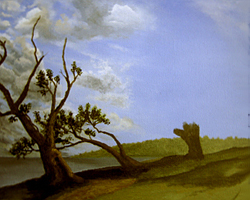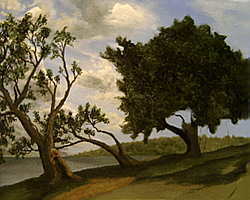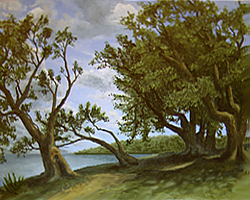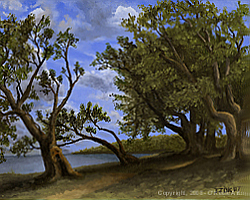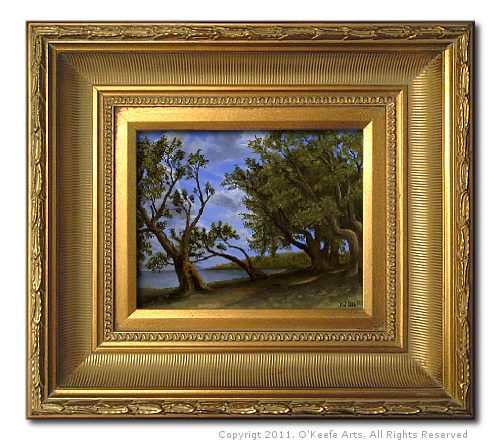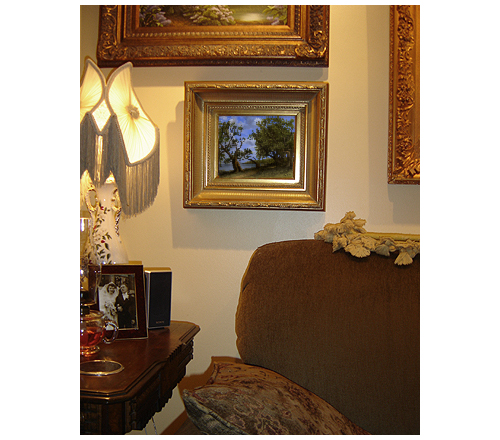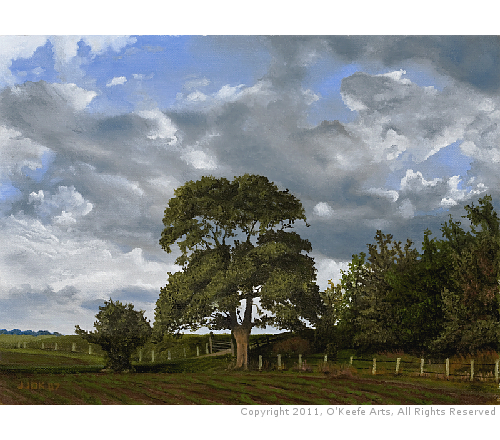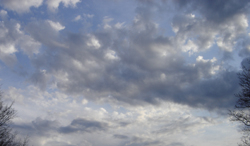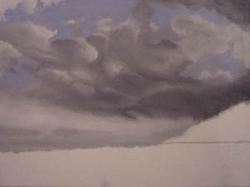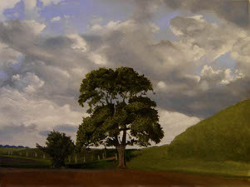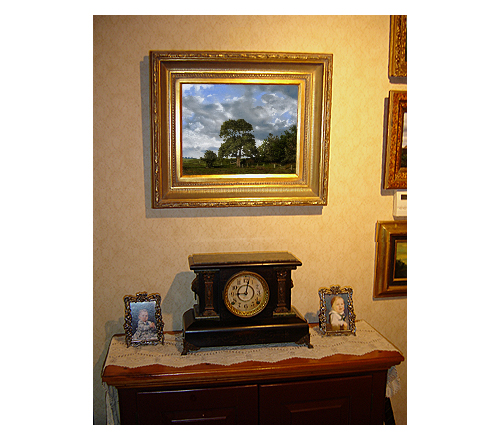
This is my 17th oil painting. I like the effect in my painting “Just Passing Through,” where the path leads the viewer out of the painting and into the mysterious darkness of the forest, and I want to achieve a similar sense of mystery in this painting. I hope you enjoy this tutorial “Summer in the Valley” by John O’Keefe Jr.
Composition and Materials – “Summer in the Valley”

I love “The White Mountains – Mount Washington” by John F. Kensett. I have been attempting to incorporate his color pallet into my recent study paintings. Also, one night when I was looking through some art books, I came across another painting that caught my attention: A landscape painting with a similar composition to Kensett’s painting but with a different approach to color use. The latter painting is entitled “July Fields” by Barbara Nuss, published in the book “14 Formulas for Painting Fabulous Landscapes” by Barbara Nuss.
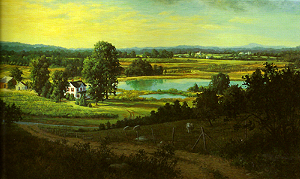
Both of the above landscape paintings are beautiful and have inspired me to try some new things in this painting. I began by sketching the composition onto the canvas. You can see similar elements in my composition from the two reference paintings.
I wanted a vast sky with a lot of blue peeking through thick but bright-tipped clouds. To help achieve this, I have placed several large trees that extend above the horizon, and I want them to stand out against the sky with sharp contrast. My wife Jennifer took the perfect sky picture for this painting which I digitally edited into my reference sketch.
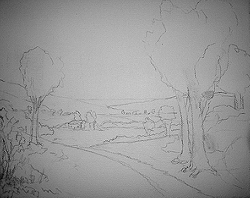

(Digitally overlaid onto sketch)
- Support: Pre-Stretched & Mounted Medium Textured Cotton Canvas (Acrylic Primed)
- Size: 8 x 10 inch
- Medium: Winsor & Newton Artist Oils Professional Grade Oil Paints
(Ivory Black, Titanium White, Corelian Blue, Sap Green, Naples Yellow, Raw Sienna, and Raw Umber) - Finish: Winsor & Newton Dammar varnish.
Step-By-Step Tutorial – “Summer in the Valley”
Day 1 / Hour 3
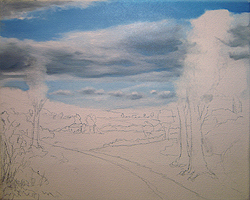
I always begin my paintings by laying down the sky. I blocked in the blue and clouds in this first image rather roughly.
Day 1 / Hour 6

At this point, I returned to the painting to adjust the sky. I refined the clouds, making them more detailed and distinct by adding darker areas to their underside.
Day 2 / Hour 9
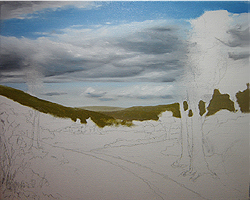
I added white highlights to the clouds, finishing them off. Next, I started with the horizon and distant land features. Notice that I did not paint where my big trees were going.
Day 2 / Hour 12
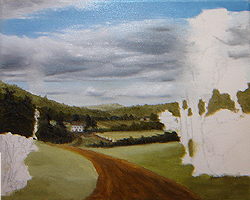
I focused on just midlands and fields, again painting around the areas reserved for my big trees and closeup details. On the left side, I painted foliage right down to the house; I will change this in future sessions.
Day 3 / Hour 15
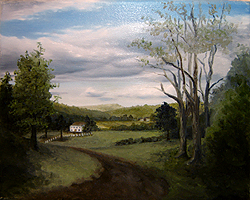
Big day! First, I expanded the field directly in front of the house, opening that area more. The house does not feel so hidden behind the trees and shrubs anymore. Also, the road now follows an “S” shape from the foreground to the house. Next, I began to lay down some of the foreground details. The fields and road are detailed, and I added the big trees on the right and left. I slightly adjusted the original composition to the tree arrangement on the right and added a thick bushy tree to the far right that appears slightly in front of the two taller trees reaching the sky.
Day 3 / Hour 16
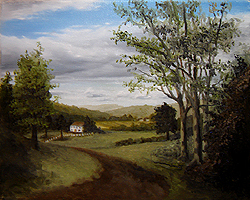
Today I focused on the group of trees to the right. I added the leaves to the two taller trees while also painting the light patterns on the tree trunks. I added highlights to the bushy tree on the far right, and the road received detail.
Day 3 / Hour 17

Composition Change! I decided to add a huge, close tree on the right with branches that extended out and overhung the left side of the painting. Notice that, at this point, I only painted the trunk itself. I did begin to paint in the shadows from all these trees on the right side, noticing the ground underneath the trees.
Day 4 / Hour 18
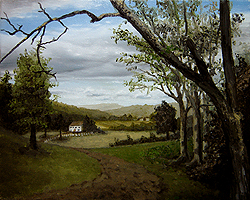
Today came more work on the new big tree. Trunk highlights were added to reflect sunlight. The sun’s position in this painting is directly overhead, so the shadows are cast straight down. I added more green color to the field and toned down the road and shadows on the left.
Day 4 / Hour 20

The road needed more earthy tones added, and I started the shadows to the big tree on the right. The effect I was after is when the sun breaks through the tree leaves, making a patchwork of light and shadow on the ground. Leaves were added to the big tree. Because the big tree is so close to the viewer, I took more time to paint the leave in detail. I tried to capture the shape of the leaves rather than adding small dabs of paint as I did on the trees farther away.
Day 4 / Hour 22
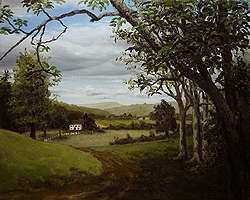
The field on the left side had too much shadow for the trees in that area, so I brought the sun across the field and off the canvas to the left. I also extend the patchwork of sun and shadow from the big tree across the bottom of the painting. Notice that I also darkened the shadow of the big tree, making more contrast while shading the leaves on the underside of the tree. A small detail was the tire (or wagon) tracks on the dirt road.
Day 5 / Hour 23
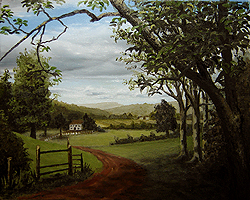
I added some details to the front left of the painting, A shrub, fence, and small flowers. I also kept manipulating the big tree’s patchy light and shadow area. The field in front of the house also received a bit more green.
Day 5 / Hour 24

The composition (concerning the big tree) led the view off the canvas with the branch on the upper left. Adding some leaves to this bare branch broke up the area helping to keep the viewer’s eye from being led off the canvas. Highlights were added to the dirt road, contrasting light and shadow under the big tree.
Day 6 / Hour 26

I roughed up the fields to add some texture, giving more of a sense of grasses and weeds and not just a solid block of green. I add the final highlights to the road and shadow under the big tree to finish the painting.
Finished Painting – “Summer in the Valley”
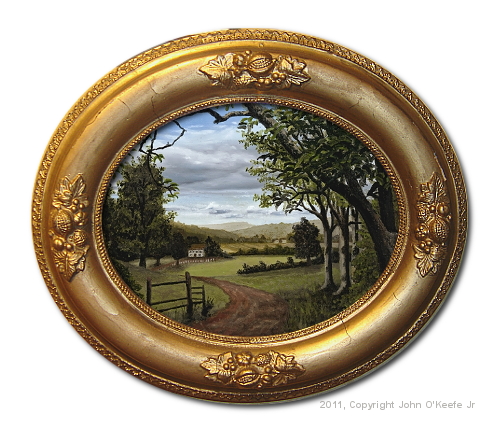
I hope you enjoyed my tutorial “Summer in the Valley” by John O’Keefe Jr.




